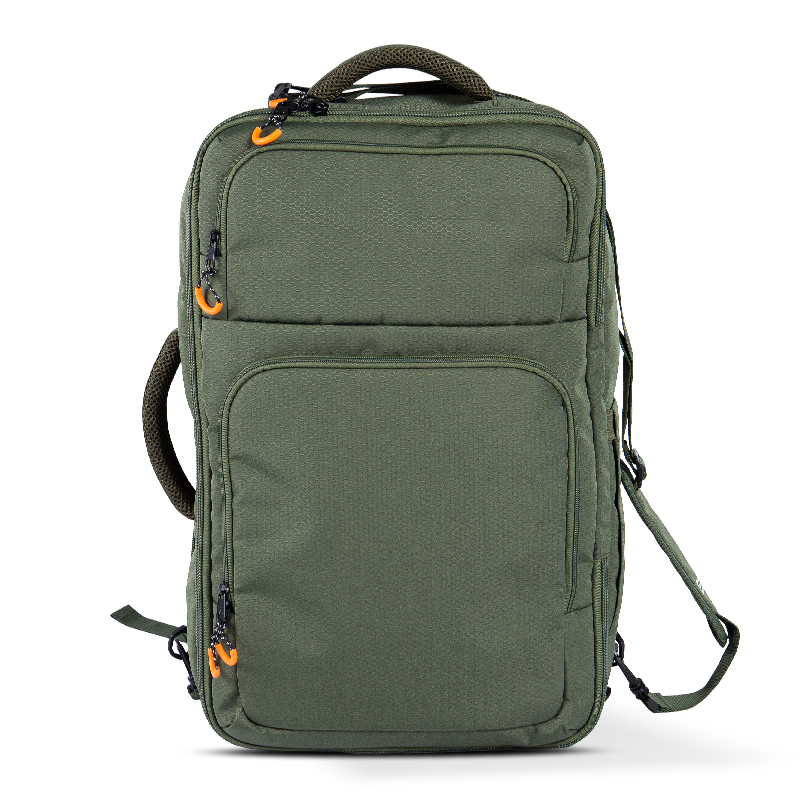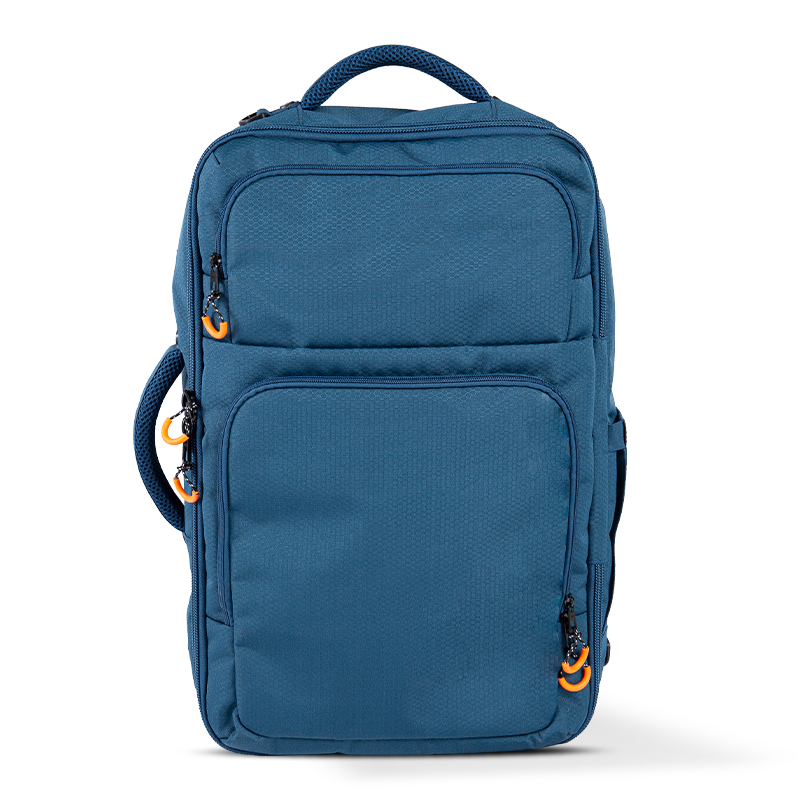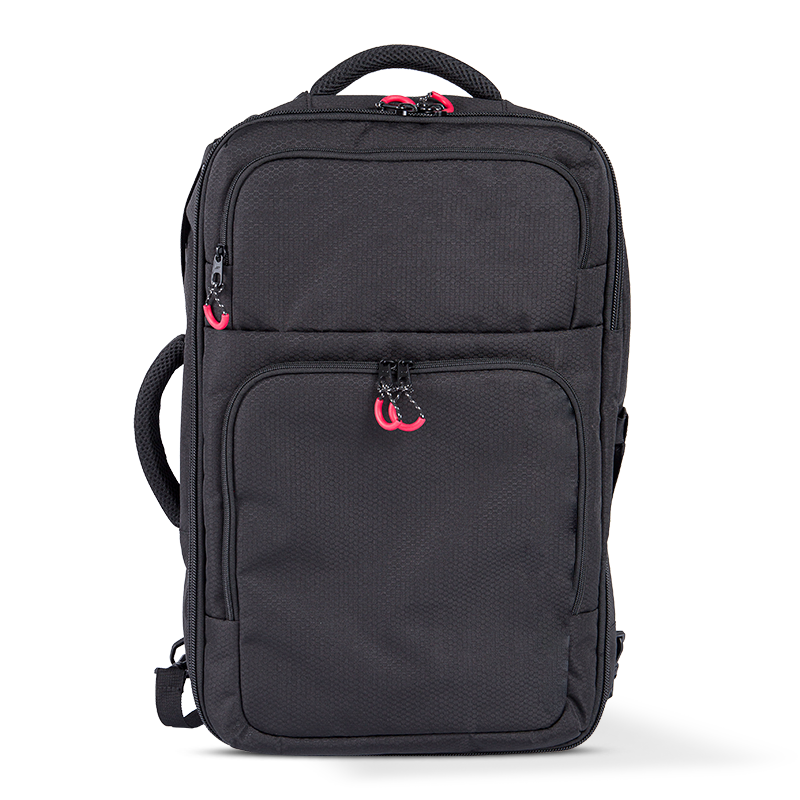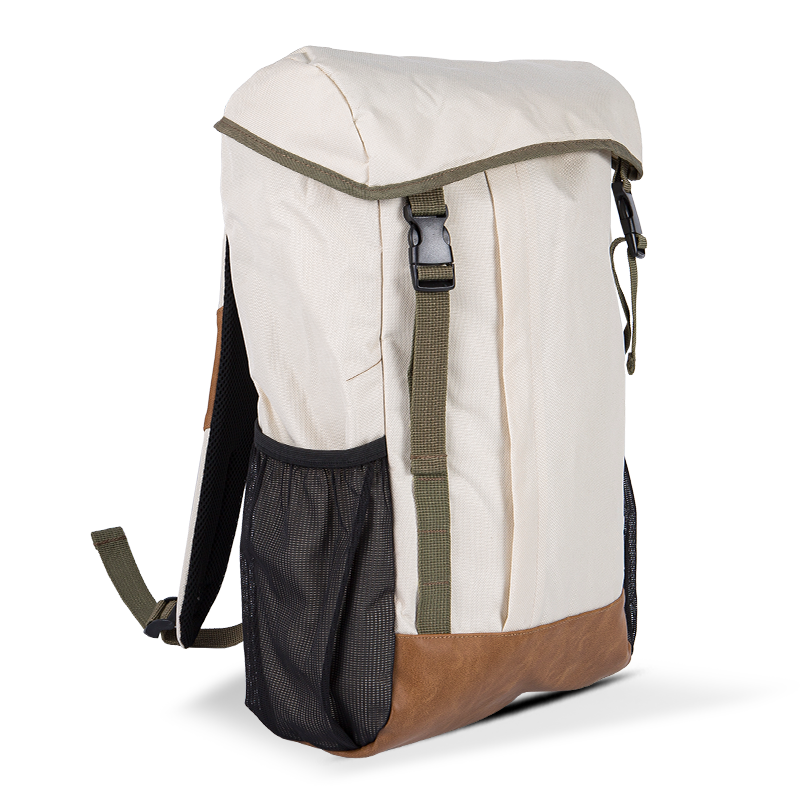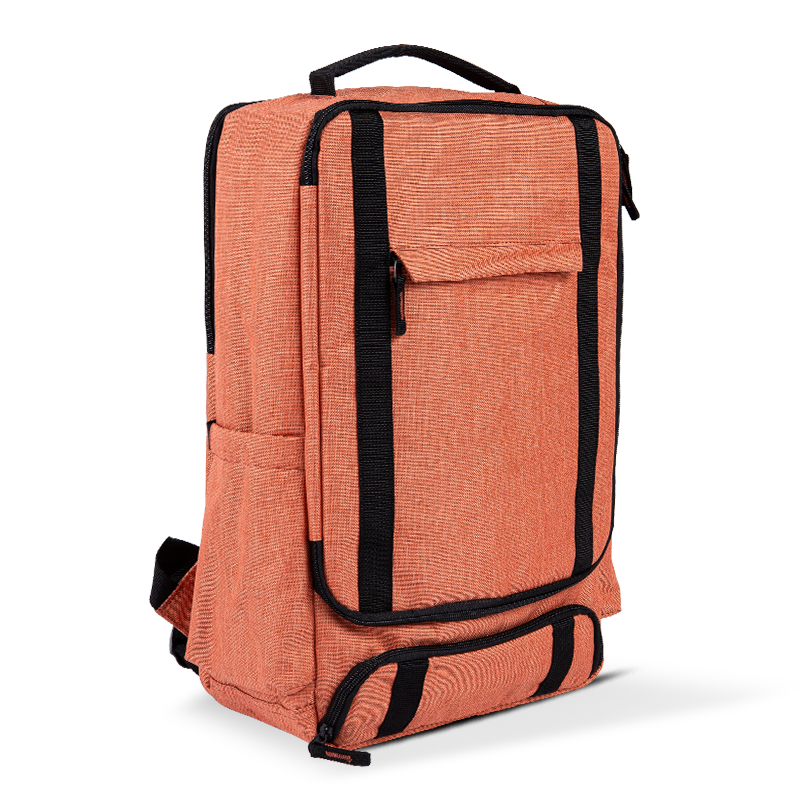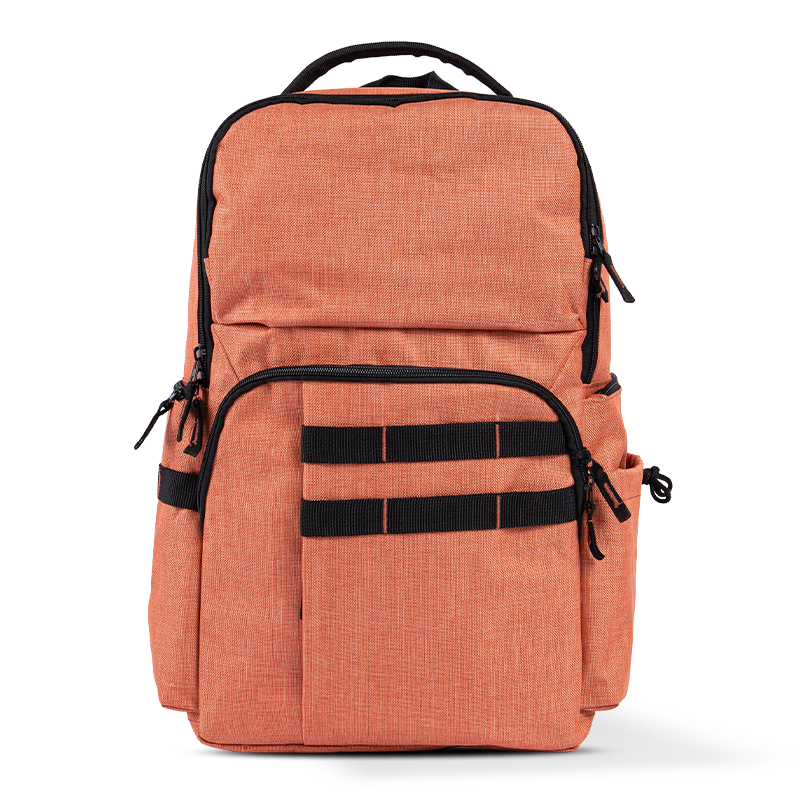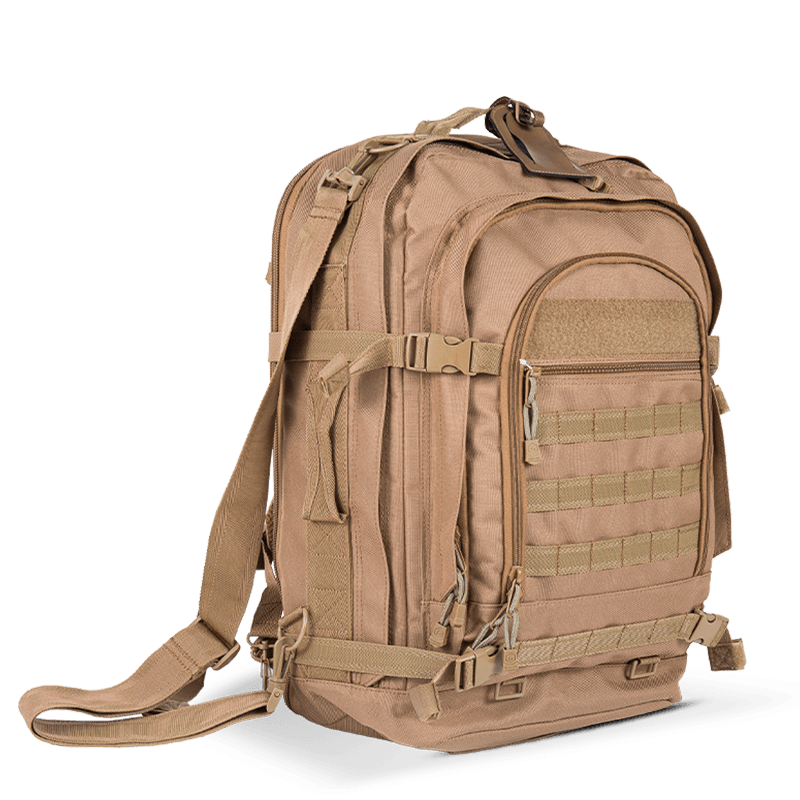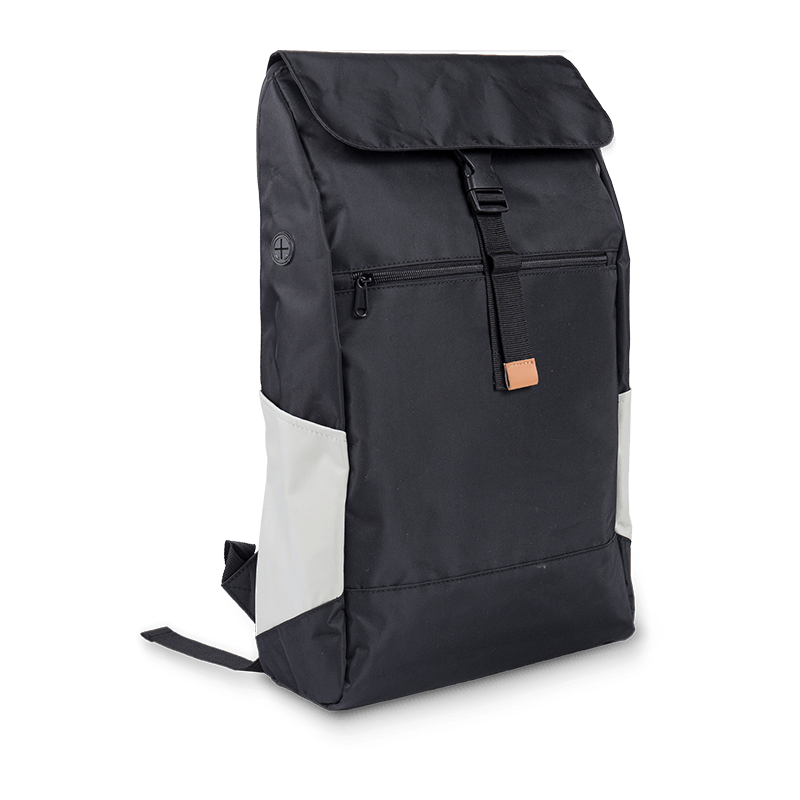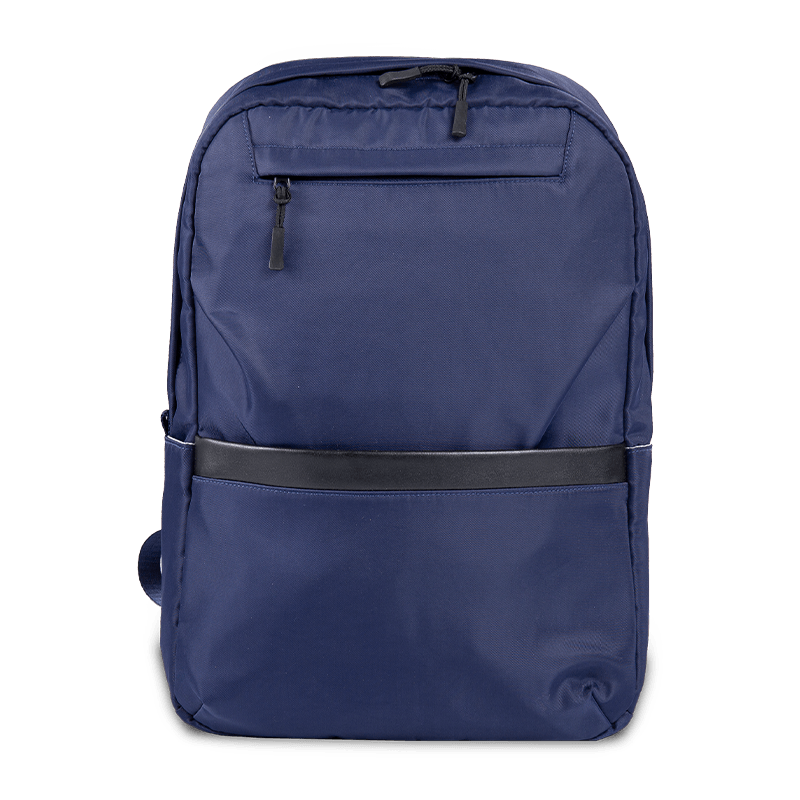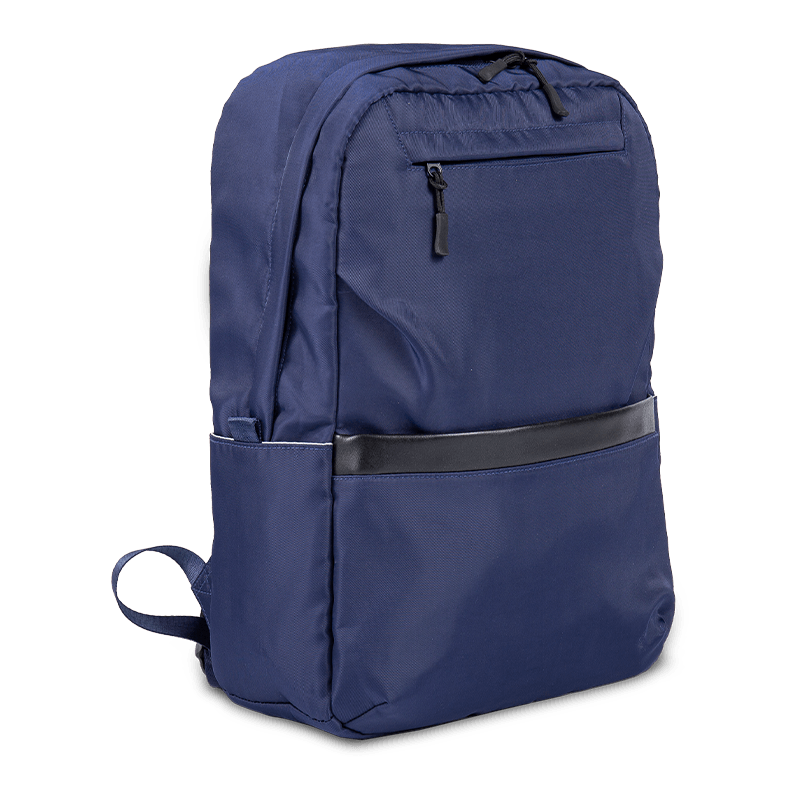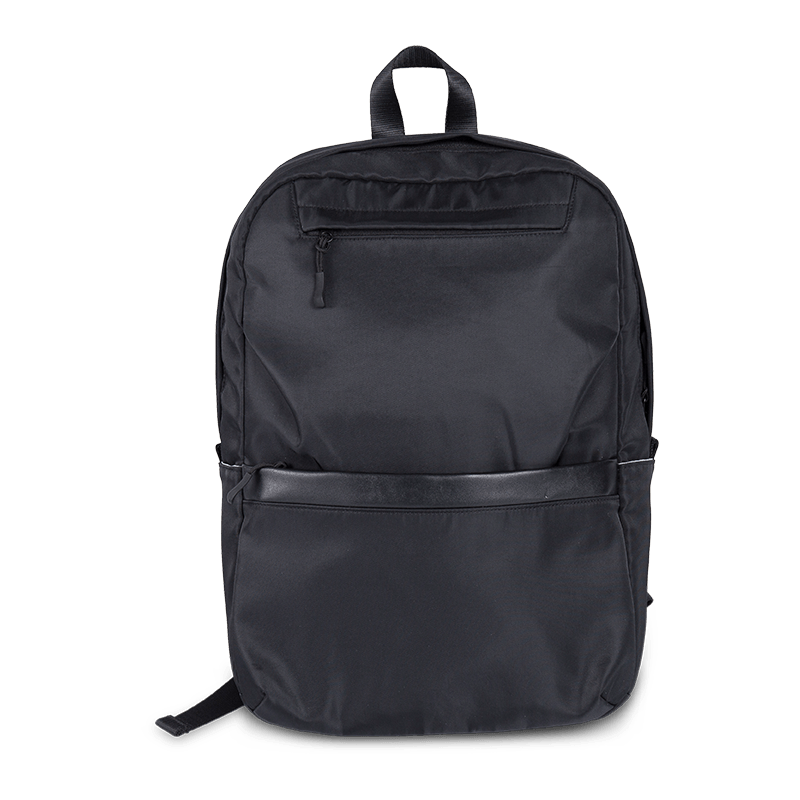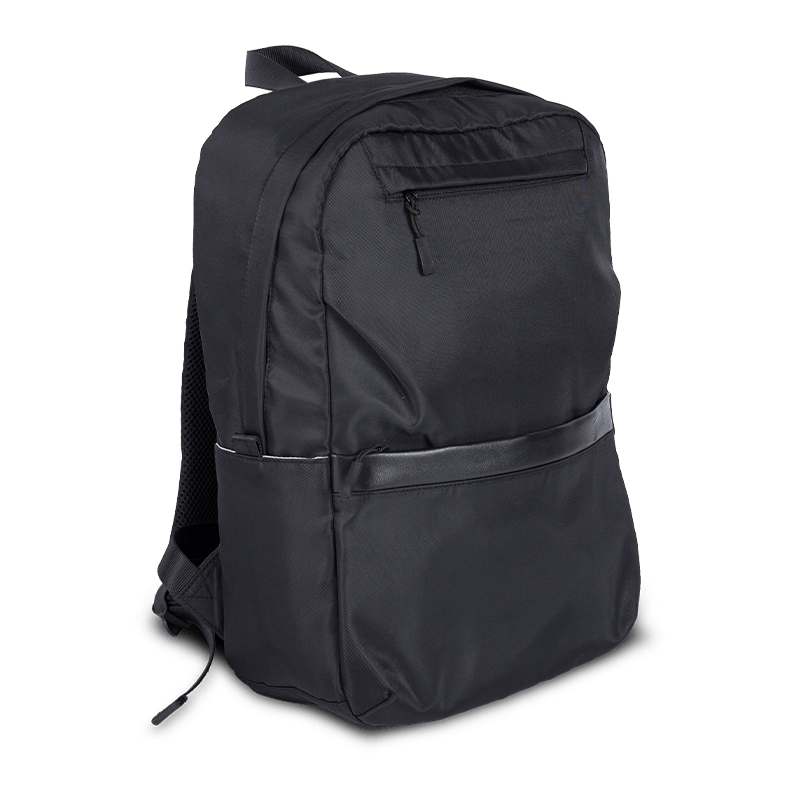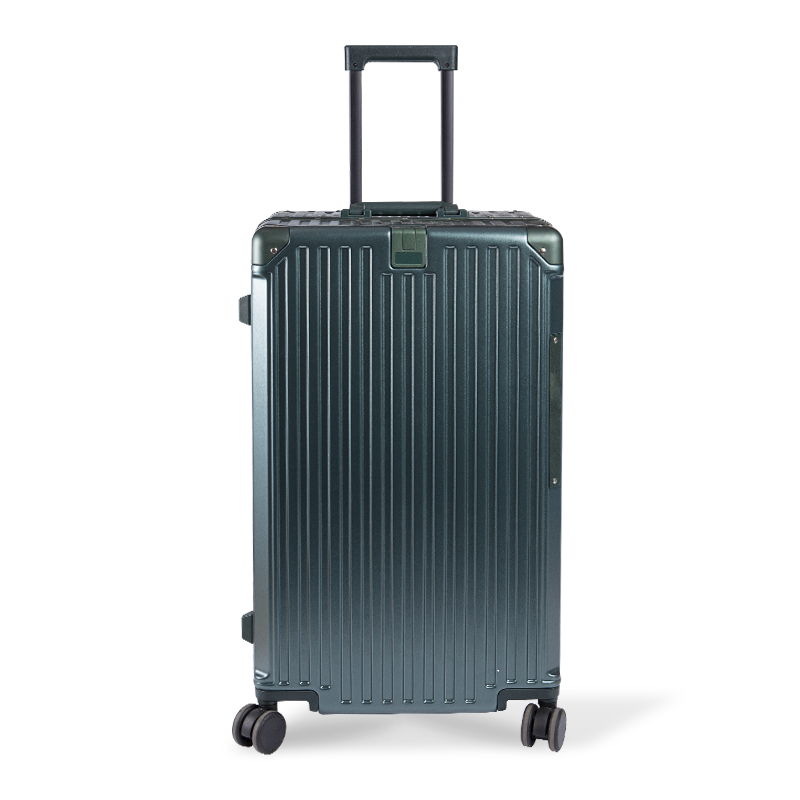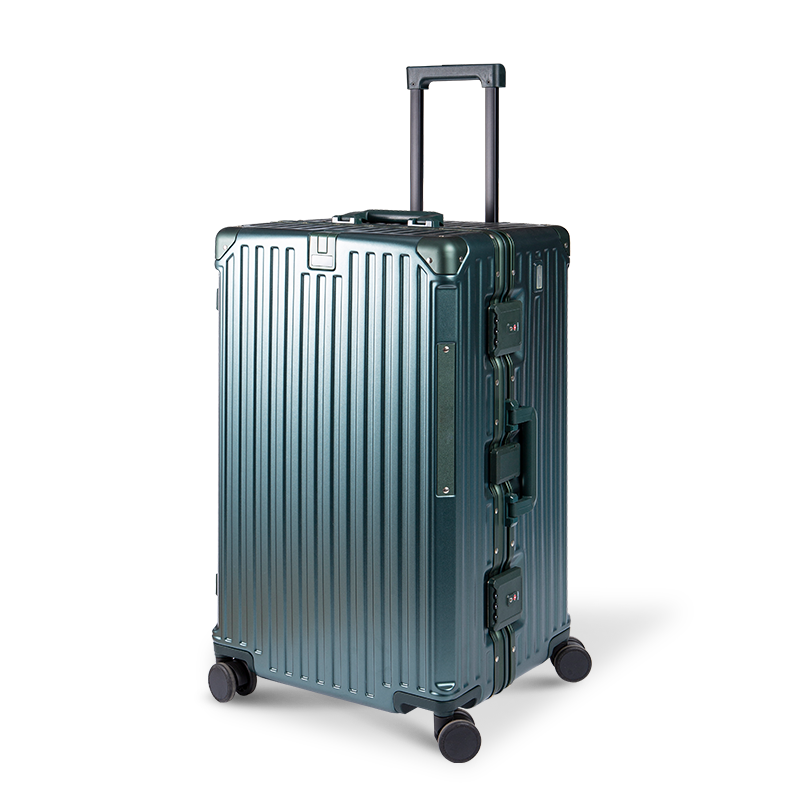School bags are a daily workhorse. It carries books, lunches, gym clothes, and often endures more than its fair share of spills, dirt, and general wear and tear. Unlike a piece of delicate clothing, it needs to be tough, but that doesn’t mean it’s indestructible. Cleaning it improperly can lead to faded colors, shrunk material, or damaged zippers.
The key to a successful clean is a methodical approach. Rushing the process or using harsh chemicals can do more harm than good.
The Golden Rule: Preparation is Everything
Before a single drop of water touches the bag, proper preparation is the most critical step. Skipping this can set you up for failure.
1. Empty the Bag Completely: This seems obvious, but go beyond just removing books. Turn the bag inside out, if possible, and shake it vigorously over a trash can. Check every pocket, nook, and cranny for forgotten pens, crumpled papers, old snacks, and loose change. These items can not only cause stains but also damage the bag and your washing machine.
2. Identify the Material: The cleaning method depends heavily on the bag’s fabric. Check for a care label, usually located inside a small pocket or sewn into a side seam.
- Canvas or Cotton: Durable and often machine-washable.
- Polyester or Nylon: Synthetic, quick-drying, and generally responsive to gentle cleaning.
- Suede or Leather Accents: Requires specialized care; avoid immersing in water.
- Vinyl or Plastic Liners: Can be wiped down separately.
3. Perform a Spot Test: No matter which cleaning solution you use, always test it on a small, inconspicuous area of the bag first, like the bottom or inside a pocket. Apply the solution, blot, and let it dry completely to check for any color bleeding or texture change.
4. Pre-treat Stains: Address stains before the main wash. For ink, use a cotton swab with a small amount of rubbing alcohol. For mud, let it dry completely and then brush it off. For food or drink stains, a paste of baking soda and water or a small amount of liquid laundry detergent applied directly can work well. Gently work the pre-treatment into the stain with an old toothbrush and let it sit for 10-15 minutes.
The Cleaning Process: Two Main Methods
Depending on the bag’s construction and material, you will choose between hand washing and machine washing.
Method 1: Hand Washing (The Safest Bet)
Hand washing is the most controlled and recommended method for most fabric bags, especially those with non-removable straps, decorative elements, or uncertain material.
What You’ll Need:
- A clean sink or bathtub
- Lukewarm water
- A small amount of mild detergent (liquid dish soap or a gentle laundry detergent works well)
- A soft-bristled brush (an old toothbrush is perfect for details)
- A clean towel
Steps:
- Fill the Sink: Plug the sink and fill it with lukewarm water. Avoid hot water, as it can set stains and cause colors to fade.
- Add Detergent: Add a very small amount of detergent and swish it around to create suds.
- Submerge and Agitate: Place the bag in the water. Use your hands to gently agitate it, ensuring the soapy water penetrates all the compartments and pockets.
- Scrub Gently: Dip your soft brush in the soapy water and gently scrub areas with heavy staining or dirt, such as the bottom, straps, and around zippers. The toothbrush is excellent for getting into textured fabric and tight spaces.
- Soak (Optional): For particularly grimy bags, let it soak for 15-30 minutes. Do not leave it for hours, as prolonged soaking can weaken the fabric and adhesives.
- Drain and Rinse: Drain the dirty, soapy water. Rinse the bag thoroughly under cool, running water, gently squeezing the fabric to remove all soap suds. Residual soap can attract more dirt later.
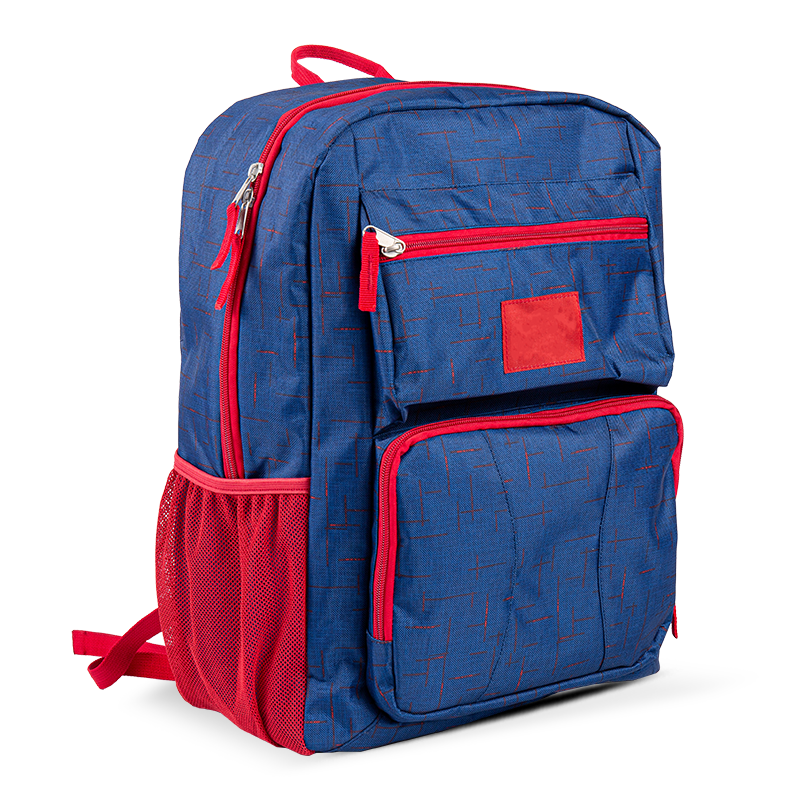
Method 2: Machine Washing (Proceed with Caution)
Only consider machine washing if the care label explicitly permits it and the bag is structurally simple.
Crucial Precautions:
- Remove Hardware: Take off any detachable straps or carabiners.
- Secure Everything: Close all zippers, Velcro, and buckles. Open Velcro can snag and tear the fabric.
- Use a Gentle Cycle: Select the delicate or gentle cycle with cold water.
- Use Minimal Detergent: Use half the amount of mild laundry detergent you normally would.
- Protect the Machine: Place the bag inside a mesh laundry bag or an old pillowcase to prevent straps from tangling and causing damage to the bag or your washing machine drum.
Drying: The Patient Finale
How you dry the bag is just as important as how you wash it. Never, under any circumstances, put a fabric school bag in a dryer. The intense heat can shrink the fabric, melt internal coatings, and warp plastic components.
The Correct Way to Dry:
- Press Out Water: After rinsing, gently press the bag between your hands to remove excess water. Do not wring or twist it, as this can misshape it.
- Air Dry Upside Down: Turn the bag inside out, if possible. This helps the interior dry faster and prevents mildew.
- Use a Towel: Stuff the bag with clean, dry towels or crumpled newspaper. This will absorb moisture from the inside and help the bag retain its shape. Replace the stuffing every few hours as it becomes damp.
- Find a Well-Ventilated Spot: Hang the bag in a well-ventilated area away from direct sunlight and heat sources. A fan circulating air in the room will significantly speed up the process. Be patient; it may take 24-48 hours to dry completely.
Special Considerations for Different Materials
- Bags with Leather or Suede Trim: Avoid immersion. Instead, use a damp cloth with a small amount of saddle soap for leather, or a specialized suede eraser and brush for suede. Clean the fabric parts separately with a spot-cleaning method.
- Polyester/Nylon Bags: These are generally low-maintenance. They respond well to hand washing and air dry very quickly due to their synthetic nature.
- Heavily Stained Light-Colored Bags: For white or light-colored canvas, a soak in a solution of oxygen-based bleach (like OxiClean) and cool water can help lift stains without the damaging effects of chlorine bleach.
By following these careful steps, you can extend the life of a fabric school bag significantly. A clean bag is not just about appearance; it’s about hygiene, removing the germs and grime accumulated from daily use. With a little time and the right technique, you can ensure the bag is ready to carry its load, looking presentable and fresh for the school day ahead.

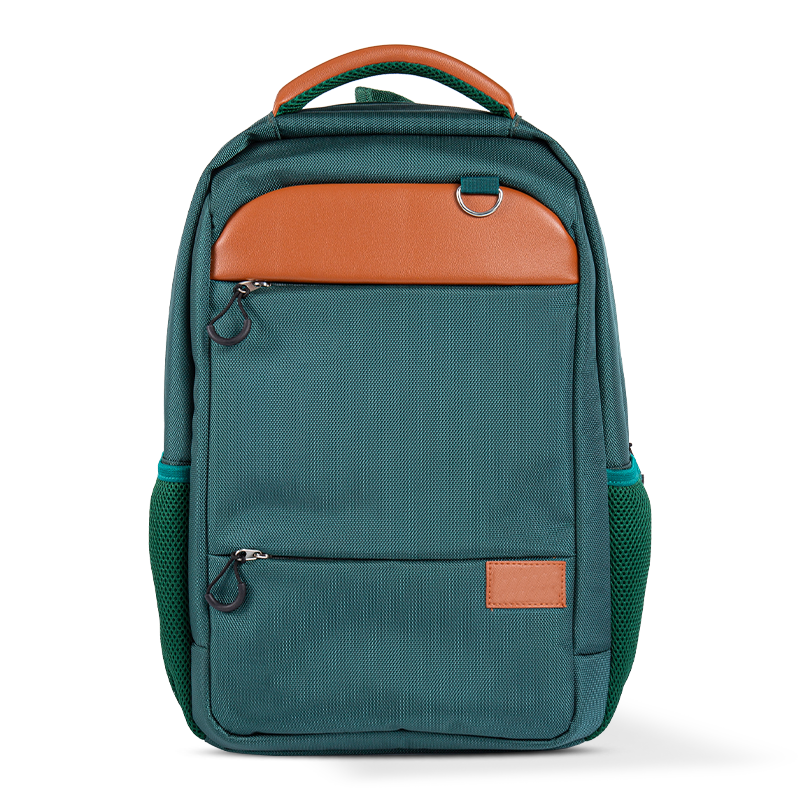
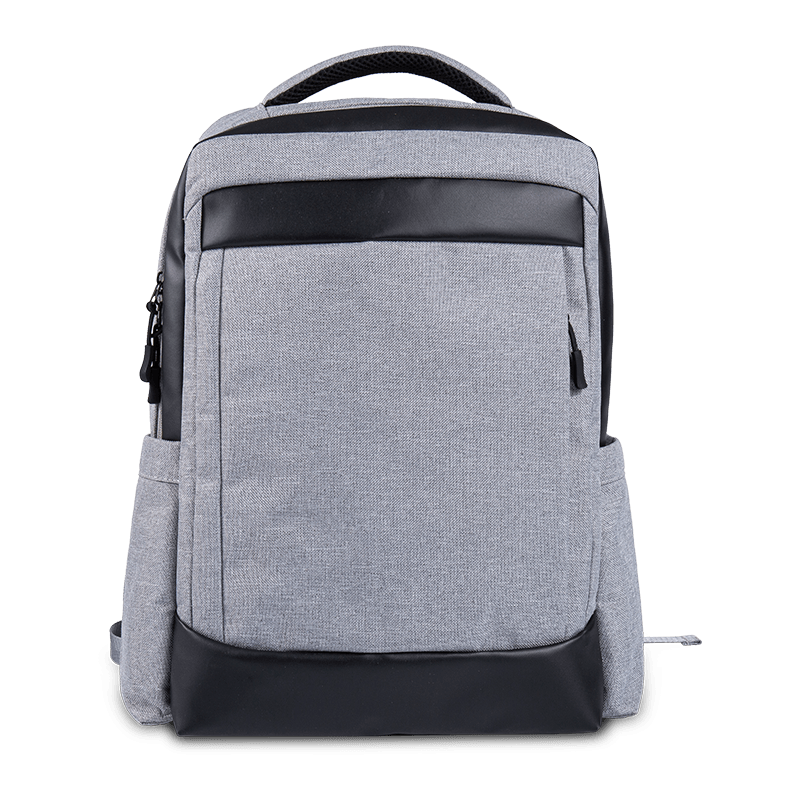
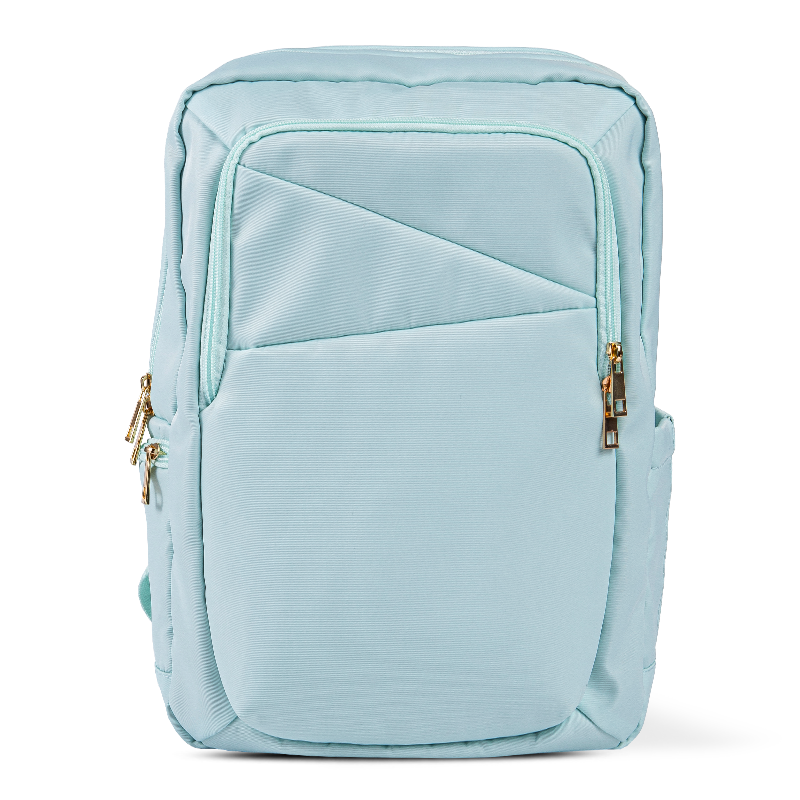
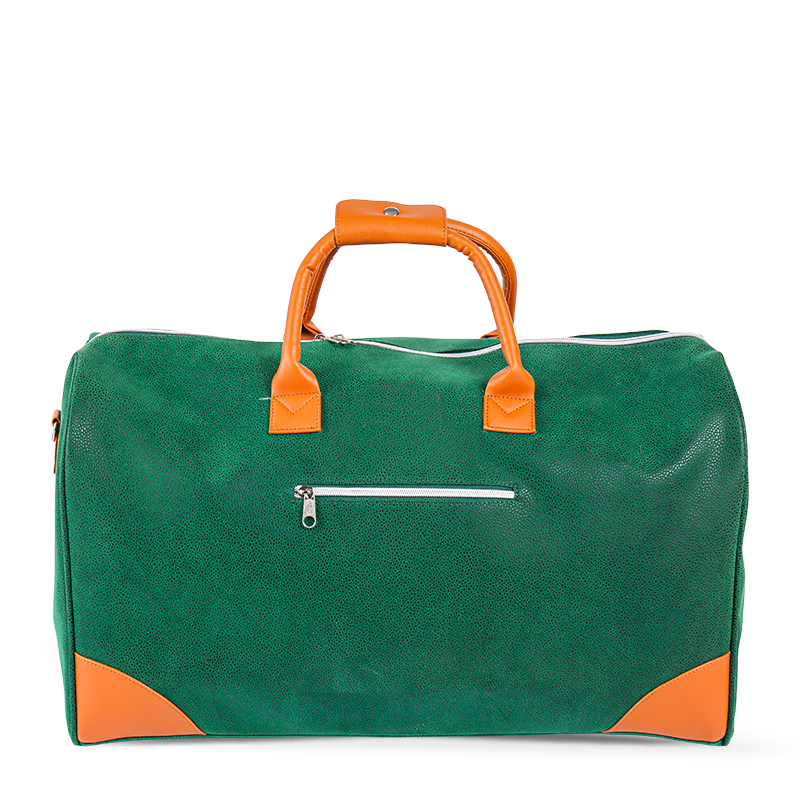





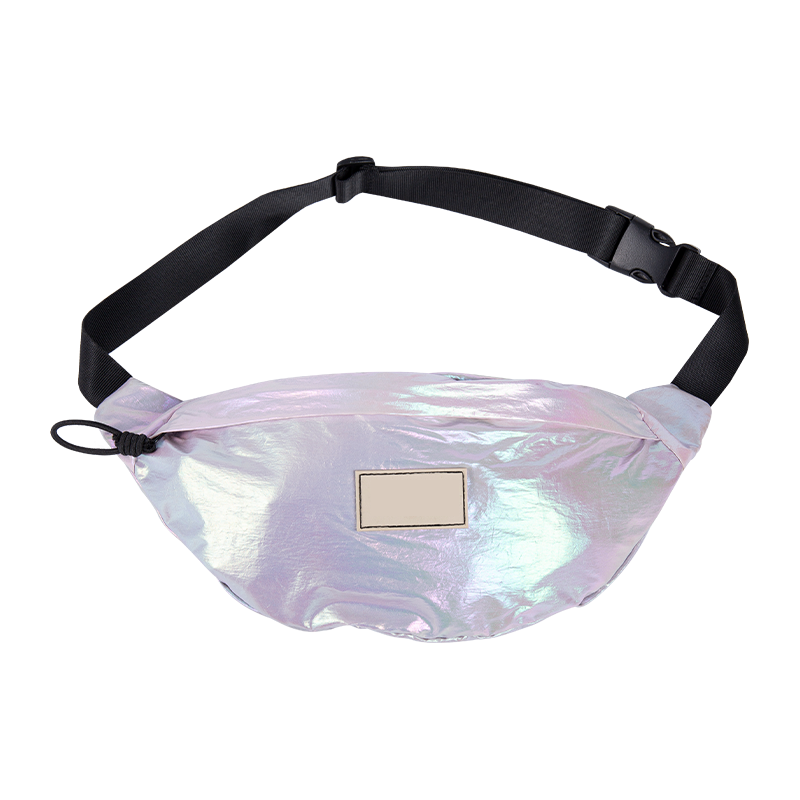
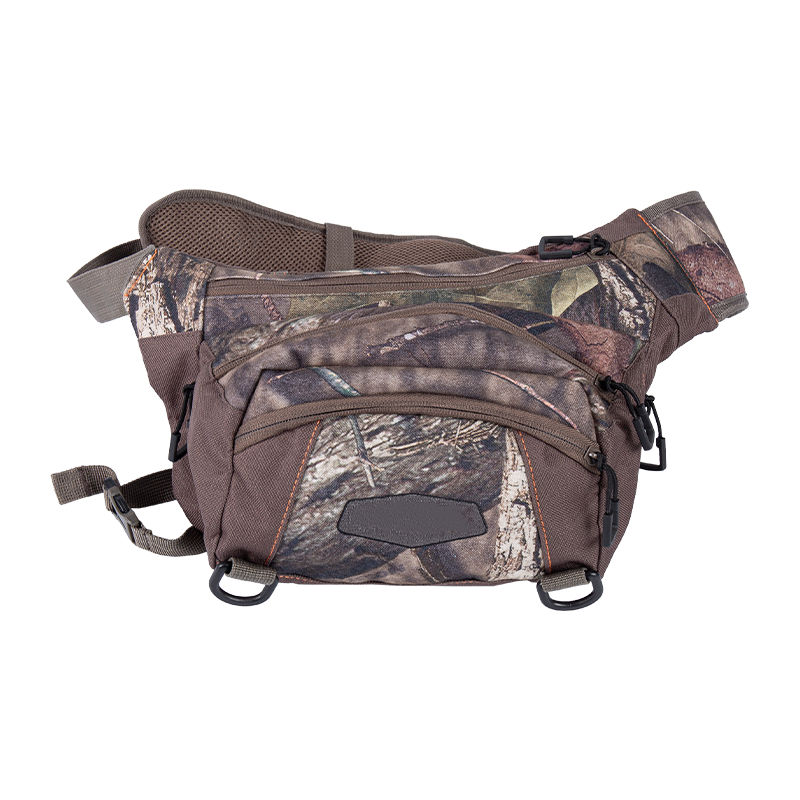



 English
English Español
Español عربى
عربى
